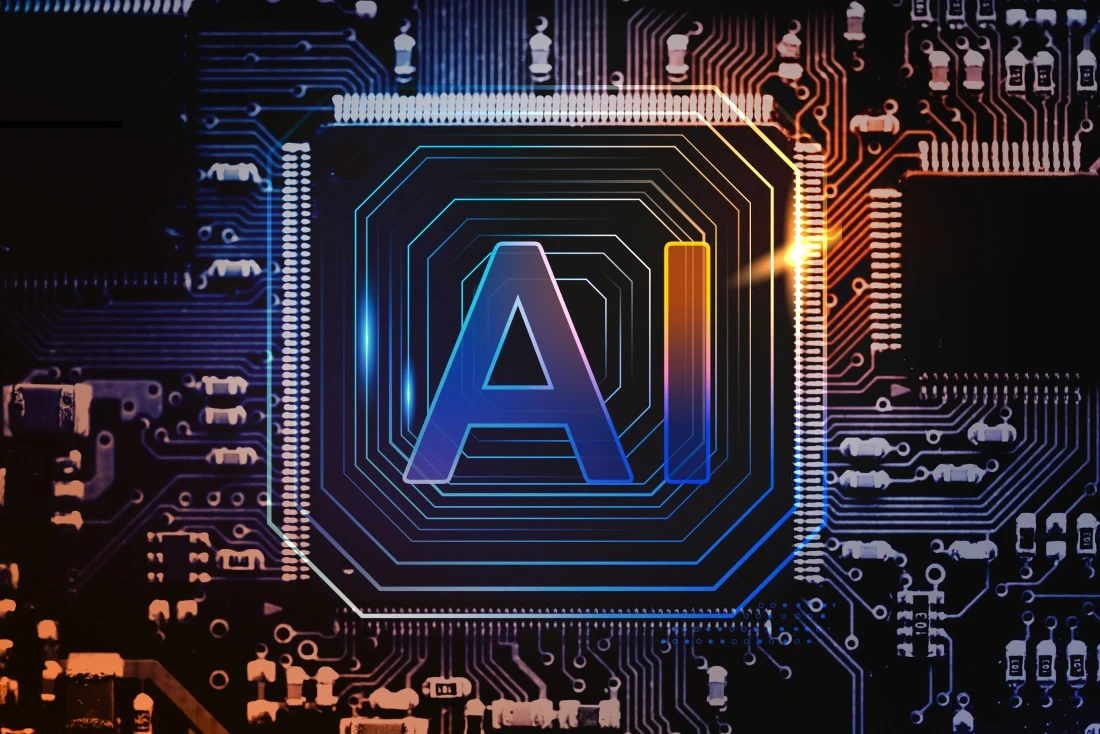Every leader in the organization knows this feeling - you identified the perfect candidate on Monday, and by Wednesday, she accepts an offer from a competitor. The hire-fast advantage once belonged to startups willing to skip the process. Today, it belongs to enterprises that have rebuilt processes around intelligent systems.
Traditional talent acquisition operates on human timelines. Applications accumulate overnight. Recruiters review resumes during business hours. Scheduling takes days. Feedback loops stretch across weeks. Meanwhile, exceptional candidates get multiple offers and make decisions within 72 hours of their first serious conversation.
This velocity mismatch creates predictable damage. Organizations lose top talent to faster competitors. Recruiters spend premium time on mechanical tasks. Assessment quality varies by individual reviewer and daily workload. The talent function becomes a bottleneck rather than an accelerator.
What Changes When Assessment Runs with AI
Most recruitment leaders already use automation in sourcing and scheduling. The biggest untouched block is still the initial conversation. That step asks the same set of questions, runs through basic fit checks, and tries to gauge communication quality.
That’s where agentic AI changes the equation. These systems autonomously assess candidate quality, adapt evaluation criteria to role requirements, and optimize assessment accuracy through continuous learning. Rather than assisting human recruiters, they execute complete workflows independently and escalate only candidates who meet objective thresholds.
At iOPEX’s Manila office, for instance, the talent acquisition team, using traditional hiring methodologies, found itself at a critical juncture. Managing a consistent daily pipeline of up to 50 applicants, both walk-ins and online submissions, had pushed the manual screening model beyond its breaking point. By the time candidates received responses, the best talent had already moved on to other opportunities. More problematically, assessment quality varied by reviewer, creating inconsistent candidate experiences and unpredictable hiring outcomes.
The team needed a system that could think, not just process.
Introducing Digivox - Intelligence Built for High Velocity Hiring
DigiVox is an AI-powered voice interview platform from iOPEX that conducts comprehensive candidate screening before human recruiters engage. Every applicant receives an immediate assessment covering communication clarity, role-specific competencies, and organizational fit through natural conversational interactions.
The platform objectively evaluates:
- Communication clarity and fluency
- Core job-specific competencies
- Organizational and role alignment
An AI agent, the model evaluates responses in real-time, generates standardized hiring scores, and makes independent progression decisions. Recruiters receive instant email notifications only for candidates exceeding quality thresholds, with complete scoring data and interview recordings available for review.
This approach eliminated the scheduling choreography that traditionally added days to hiring cycles. Candidates complete screening interviews on demand through any device. Average assessment requires just 8-15 minutes, with language settings and conversational pace customized to local employee profiles. Wait times dropped 75% as the on-demand model made appointment scheduling obsolete.
.jpg)
The Operational Transformation
Time-to-hire decreased 6-8 hours, making same-day hiring operationally standard rather than aspirational. The velocity shift changed competitive positioning. Our Manila operations moved from losing candidates to scheduling delays to securing commitments while competitors were still arranging phone screens.
Cost efficiency reached levels impossible with traditional models. Each AI interview costs $1, eliminating third-party vendor dependencies entirely. At scale, the savings become substantial while maintaining assessment quality that meets or exceeds human reviewer standards.
The productivity shift matters more than cost reduction. Senior recruiters redirected capacity from mechanical resume screening toward strategic evaluation and relationship development. The work became genuinely consultative. Recruiters spend time understanding hiring managers' needs, assessing cultural fit, and negotiating offers rather than sorting applications.
Recruiters engage with candidates who have already demonstrated baseline competencies through objective assessment. Conversations focus on growth potential, team dynamics, and mutual fit rather than revalidating basic qualifications. The efficiency gains compound as recruiters handle higher volumes while improving candidate experience.
Maintaining Assessment Integrity
Speed without fairness creates compliance risk and reputational damage. DigiVox establishes objective decision-making by applying consistent evaluation criteria uniformly across all candidates. Every applicant receives an identical assessment, generating comparable scores that determine progression. This eliminates the quality variance inherent in human review while creating auditable records for compliance purposes.
The platform employs sophisticated integrity monitoring. Behavioral tracking identifies attention shifts or unauthorized individuals appearing in frame, issuing real-time alerts. AI plagiarism detection analyzes response patterns to flag language characteristics typical of ChatGPT or similar tools, rather than those of authentic human conversation. These safeguards maintain assessment validity while operating at machine speed.
The TA team maintains complete real-time visibility into candidate flow. Dashboard analytics track application volume, pass rates, quality scores, and conversion metrics. This transparency enables continuous optimization as the team identifies bottlenecks and refines evaluation criteria based on which assessment patterns correlate with successful long-term hires.
The Future: Continuous Evolution
Agentic AI positions talent acquisition as a growth accelerator rather than an operational cost center. iOPEX Manila implementation demonstrates how autonomous systems that think, learn, and adapt independently create recruitment processes that are faster, fairer, and more effective for every stakeholder.
Organizations implementing similar capabilities report total recruitment effectiveness improvements often exceeding 75% within the first year through combined gains in speed, quality, and operational efficiency. Early adopters establish competitive advantages in talent markets through superior acquisition capabilities and accelerated workforce development.
The transformation extends beyond hiring. When HR teams eliminate routine process work, they redirect capacity toward workforce planning, strategic talent development, and diversity initiatives. The function evolves from administrative executor to strategic partner, driving enterprise transformation.
Mercer's 2025 research identifies this operating model shift as critical for HR relevance. The old model was built for compliance. The new model must deliver speed, collaboration, and flexibility. Everything about work has changed, so HR must change how it creates value.








